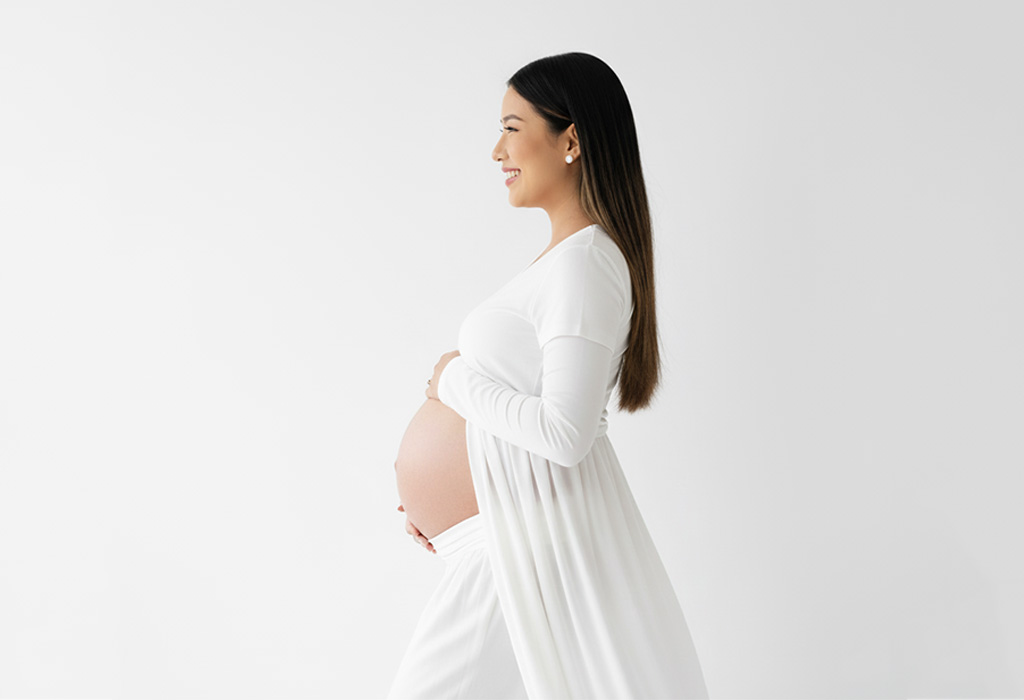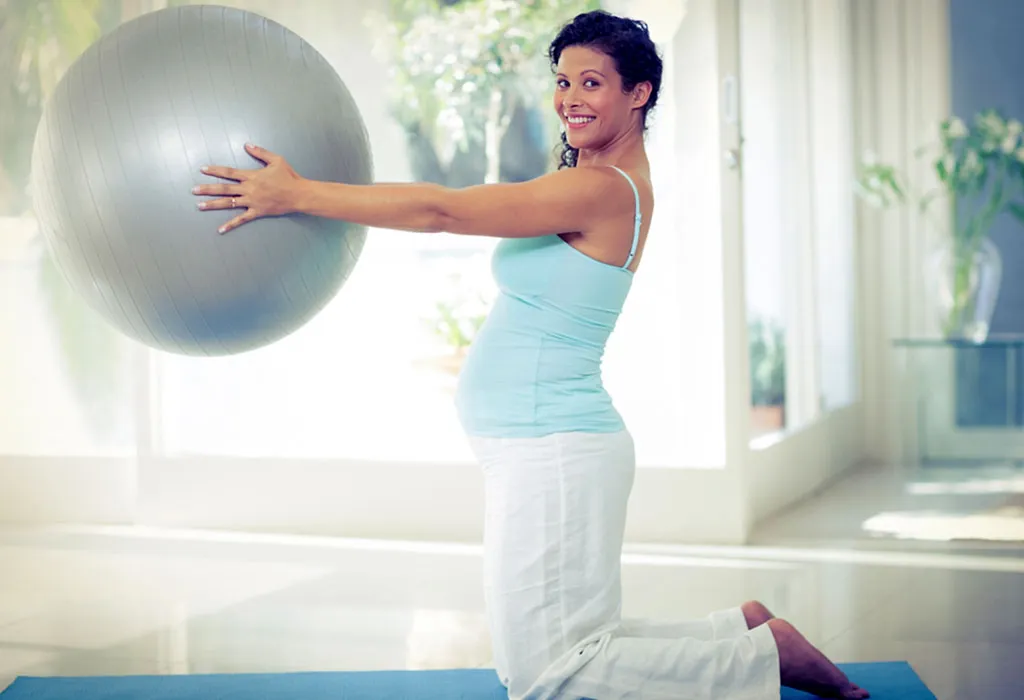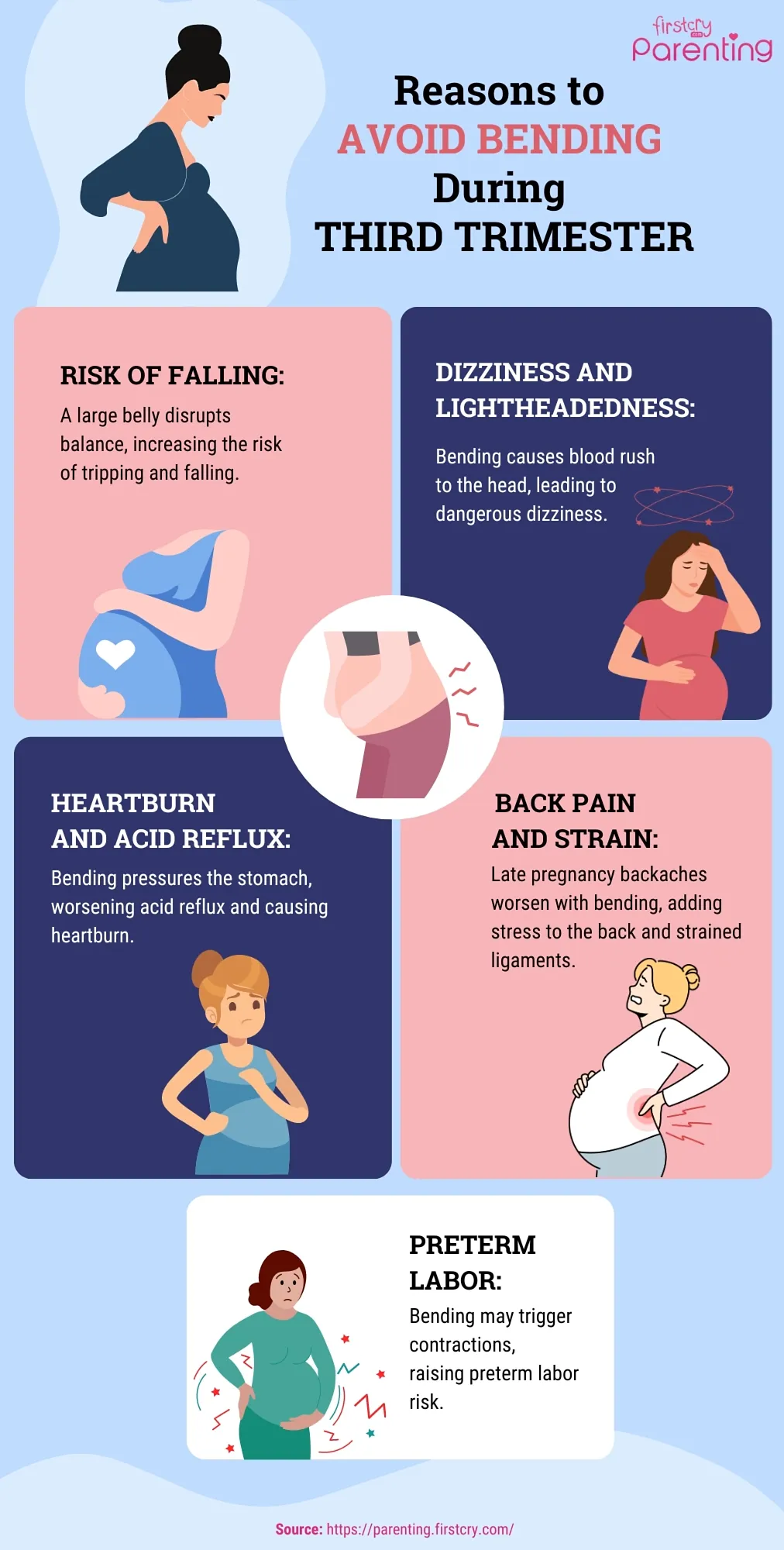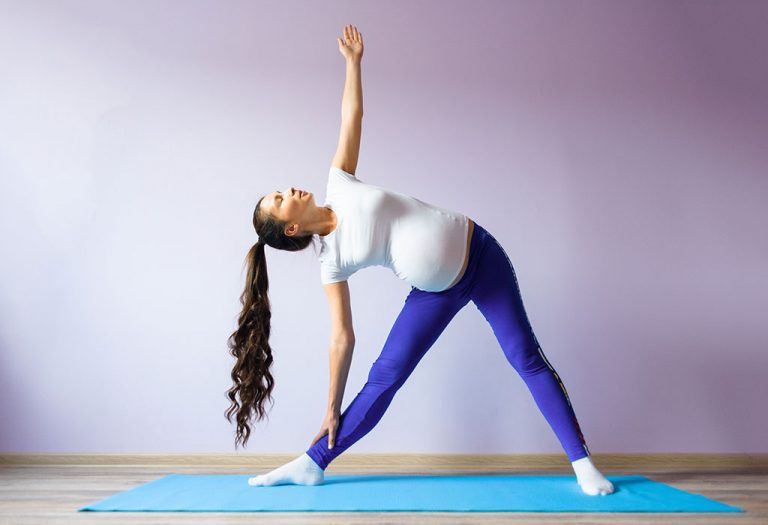Bending Over While Pregnant – Is It Acceptable & Safety Precautions
Bending over is a common part of daily life — whether it’s picking something up, tying your shoes, or cleaning around the house. However, during pregnancy, many women wonder if this simple movement is still safe for them and their growing baby. With the pieces of advice and suggestions that come your way during this special phase of life, it’s normal to question whether bending over during pregnancy is okay or not. As the body changes and the belly expands, balance, posture, and internal pressure shift, making even routine actions feel different. If you’ve been curious about how safe bending over during pregnancy really is and the best ways to do it, keep reading to learn more.
Is It Safe to Bend During Pregnancy?
Many expecting mothers often wonder, is it bad to bend over during pregnancy, especially as their bodies begin to change and everyday movements feel different. Fortunately, bending is considered safe as long as the baby is safely ensconced in your womb (1). The amniotic fluid cushions your baby and lets him move his body and limbs when you bend (2). Though it is unlikely to hurt your baby, bending might make you extremely uncomfortable as the pregnancy progresses. It might also put a strain on your back.
Also Read: Best Standing & Sitting Positions During Pregnancy
Bending in the First Trimester
In the first trimester, your body is still flexible and your baby is too small to be affected by bending (3). The placenta and the stomach lining also do their bit to keep the baby from harm. Unless your doctor has specifically asked you to avoid bending in the first trimester, it is alright to do so (4).
When to Stop Bending During Pregnancy?
As pregnancy progresses, your body goes through significant physical changes that can make bending over increasingly uncomfortable or even unsafe. While gentle bending is usually fine in the early months, you may need to be more cautious as your belly grows and your centre of gravity shifts (5). Most experts recommend limiting frequent or deep bending, especially after the second trimester, to reduce strain on your back and avoid dizziness or balance issues (6). If you feel pain, pressure, or shortness of breath while bending, it’s a clear sign to stop and modify your movements.
Reasons to Avoid Bending in the Third Trimester
As your pregnancy progresses to the third trimester, your baby will grow and so will your belly. Some possible risks of bending forwards at this stage are:
1. Falling
A big belly can throw you off balance when you try to bend. This is the time when a baby’s head drops into the pelvis and the body’s centre of gravity shifts. If you trip and fall, you may sustain injuries to your abdomen, which can lead to placental abruption. Bleeding, and miscarriage are a possibility as well.
2. Dizziness
Bending forwards results in a rush of blood to the head, making you feel dizzy and light-headed. The loss of balance is dangerous in the last trimester of pregnancy.
3. Heartburn
When you bend, pressure is exerted on your stomach and can lead to acid reflux and, in turn, heartburn. Stomach acid flows back into the food pipe, leaving an unpleasant taste on your tongue, and a burning sensation in your oesophagus (7).
4. Back Strain
Back pain is a common problem during pregnancy, and bending forwards puts extra strain on your back. It may also prove painful to your weakened ligaments (8).
How to Bend During Pregnancy?
If there’s no choice other than bending, keep these tips in mind (1) (9):
- Instead of bending your body forwards, spread your knees apart and squat down.
- When you’re getting up from a bent position, make use of your hands, knees, and thighs.
- If you’re lifting something heavy, position it under your belly to stay aligned with your centre of gravity.
Be careful while you go about your daily chores. Don’t hesitate to seek help if and when needed.
Tips to Maintain Good Posture During Pregnancy
A good posture during pregnancy can help to minimise aches and pains, and at the same time, reduce the strain on your back. Posture refers to the way you stand, sit, sleep, and drive. Here are some expert tips:
1. Standing Posture
Keep your head, neck, and back in a straight line. Your shoulders should be set back. Always keep your feet pointed in the same direction and distribute your weight on both feet. Opt for low-heeled footwear to prevent strain to your body (10).

Image Credit : AI Generated Image
2. Sitting Posture
Your shoulders should be set back and your spine should be straight when you sit. Make sure your bottom touches the back of the seat. You can use a small, rolled-up towel to support the curve of your back. While getting up from a seated position, move to the front part of the seat, slowly straighten your legs and stand up (11).

Image Credit : AI Generated Image
3. Driving Posture
Use back support and ensure your knees are level with your hips or higher. Adjust your seat such that your belly is at least 10 inches away from the steering wheel. Your feet should easily reach the brakes (10).

Image Credit : AI Generated Image
4. Lifting Posture
Ensure your feet are firmly placed on the floor before lifting anything during pregnancy. Bending down, especially to pick up something from the floor can be troublesome. This is what you should do – keep your back straight and just bend your knees and hips (9). If the object is on a table, pull it close to your body first and then lift it. That said, it is best to avoid lifting heavy objects during pregnancy.
5. Sleeping Posture
Avoid lying down on your stomach or back. These positions put a strain on your back and heart, besides reducing blood flow to the placenta. Sleeping to the left improves blood flow to your vital organs as well as to your baby in the womb. Use pillows and a firm mattress for comfortable sleep throughout your pregnancy (11).
When to Visit Doctor?
While mild discomfort from bending is usually harmless during pregnancy, certain symptoms shouldn’t be ignored. See your doctor if you notice any of the following after bending or during daily activities:
- Sharp or persistent back pain
- Abdominal cramping or tightening
- Dizziness or feeling faint
- Vaginal bleeding or fluid leakage
- Unusual pressure in the lower belly or pelvis
- Changes in your baby’s movements
- Trouble maintaining balance or frequent falls
FAQs
1. Can bending down in pregnancy harm my baby?
In most cases, occasional bending won’t harm your baby. The uterus provides strong protection. However, repeated or awkward bending positions may increase pressure in your abdomen, so it’s best to move slowly and carefully.
2. Is squatting better than bending?
Yes, squatting is generally safer because it keeps your back straight and reduces strain on your abdomen and lower back.
3. Can frequent bending cause preterm labour?
There’s no strong evidence that occasional bending triggers preterm labour in healthy pregnancies. However, excessive physical strain, heavy lifting, or awkward bending postures may increase abdominal pressure, so it’s best to move carefully and rest often.
Bending during pregnancy’s 1st, 2nd, and 3rd trimester requires extra care as your body changes and balance shifts with each stage. Ask for assistance from family and friends if needed. By taking these precautions and avoiding overexertion, you can keep yourself and your baby safe even if you bend.
Disclaimer: This article is just a guide and not a substitute for medical advice from a qualified professional.
Infographics: Reasons to Avoid Bending During 3rd Trimester
Also Read:
Squats During Pregnancy
Household Work During Pregnancy
Sitting Crossed-Legged (Indian Style) While Pregnant
Was This Article Helpful?
Parenting is a huge responsibility, for you as a caregiver, but also for us as a parenting content platform. We understand that and take our responsibility of creating credible content seriously. FirstCry Parenting articles are written and published only after extensive research using factually sound references to deliver quality content that is accurate, validated by experts, and completely reliable. To understand how we go about creating content that is credible, read our editorial policy here.
1. Brentwood Physiotherapy Clinic – Bending Over During Pregnancy: What You Need to Know
2. Springer Nature Limited – Amniotic Fluid: Not Just Fetal Urine Anymore
3. American Academy of Family Physicians – Exercise and Pregnancy Loss
4. PubMed – A prospective study of work-related physical exertion and spontaneous abortion
5. PubMed Central – Changes in balance strategy in the third trimester
6. Centers for Disease Control and Prevention – About Physical Job Demands and Reproductive Health
8. American College of Obstetricians and Gynecologists – Back Pain During Pregnancy
9. Mayo Foundation for Medical Education and Research – Working during pregnancy: Do’s and don’ts
10. Cleveland Clinic – Pregnancy: Correct Posture & Body Mechanics
11. University of Rochester Medical Center – Pregnancy and Posture


























